2024 Thoughts: Neobanks
With just a few weeks left of 2023, it's time for the annual gaze into the crystal ball. In the first of a short series of 2024 previews, Tribe Payments MD Alex Reddish shares his thoughts on the key challenges facing neobanks next year, and how they are shaping up against the age-old dominance of traditional banks.
Neobank customer numbers are thriving, with one billion globally. In the UK, for example, almost a third of consumers now have a neobank account. But while neobanks are great at UX design and adding cool features, fewer people actually use them as a primary account. The big banks still have the edge when it comes to gaining consumer trust. This means neobanks are lagging far behind when it comes to profitability.
We’re also living in a very different world from the one awash with abundant fintech funding flows of just a couple of years ago, and many of the neobanks that splashed out with huge growth ambitions are now having to slash their spending forecasts. In this cyclical environment, big banks and fintechs like PayPal and their deep pockets may have the edge – and an unfair advantage – for now. They’re more able to subsidise perks like cashback and rewards and shore up balance sheets. In contrast, smaller players or those more sensitive to economic headwinds are in a much more precarious position than before. The retreat by N26 from the UK and US and the collapse of Bank North are just two examples of a market that may now be saturated.
But fast growth leaves behind niches that are primed for neobanks to step into. Some neobanks have launched to target the gig economy, where many workers are underbanked and need a financial provider that understands their specific needs. The main consumer neobanks have focused on a particular type of customer in order to grow and move towards profitability. Finding the niches that are big enough to support a fintech business is where we will see new neobanks thrive. We’re unlikely to see a new Starling or Monzo any time soon, but there’s room to compete by targeting different sets of customers, not a new wave of disruptors, but new banks filling in the gaps. Where there are gaps where people feel they’re not being served well enough by either incumbents or neobanks, an opportunity exists.
Finding the niches that are big enough to support a fintech business is where we will see new neobanks thrive.
SMEs are not necessarily underserved, but they are likely to feel like they’re not offered enough. SMEs often say the products and services offered by banks don’t meet their expectations or needs. While SMEs are an attractive and growing target segment for the likes of Tide, Tymit, Cash App and so on, the niche market likely to have the biggest potential is the gig worker economy, which now accounts for around 12% of the global labour market, according to the World Bank. As digitisation enables more people to engage with freelance, portfolio or on-demand work, the need for banking and payment services that take into account fluctuation incomes is essential. Around 13% of gig workers say their salary varies from month to month.
The key to new banks making an impact will be providing a suite of services that meet gig worker and SME needs – from payments to credit to services outside of traditional banking, like card issuing and embedded finance. The next stage of neobanks will be specialising, part of the ongoing cycle of “unbundling” and “rebundling”, this time with customer niches rather than services.


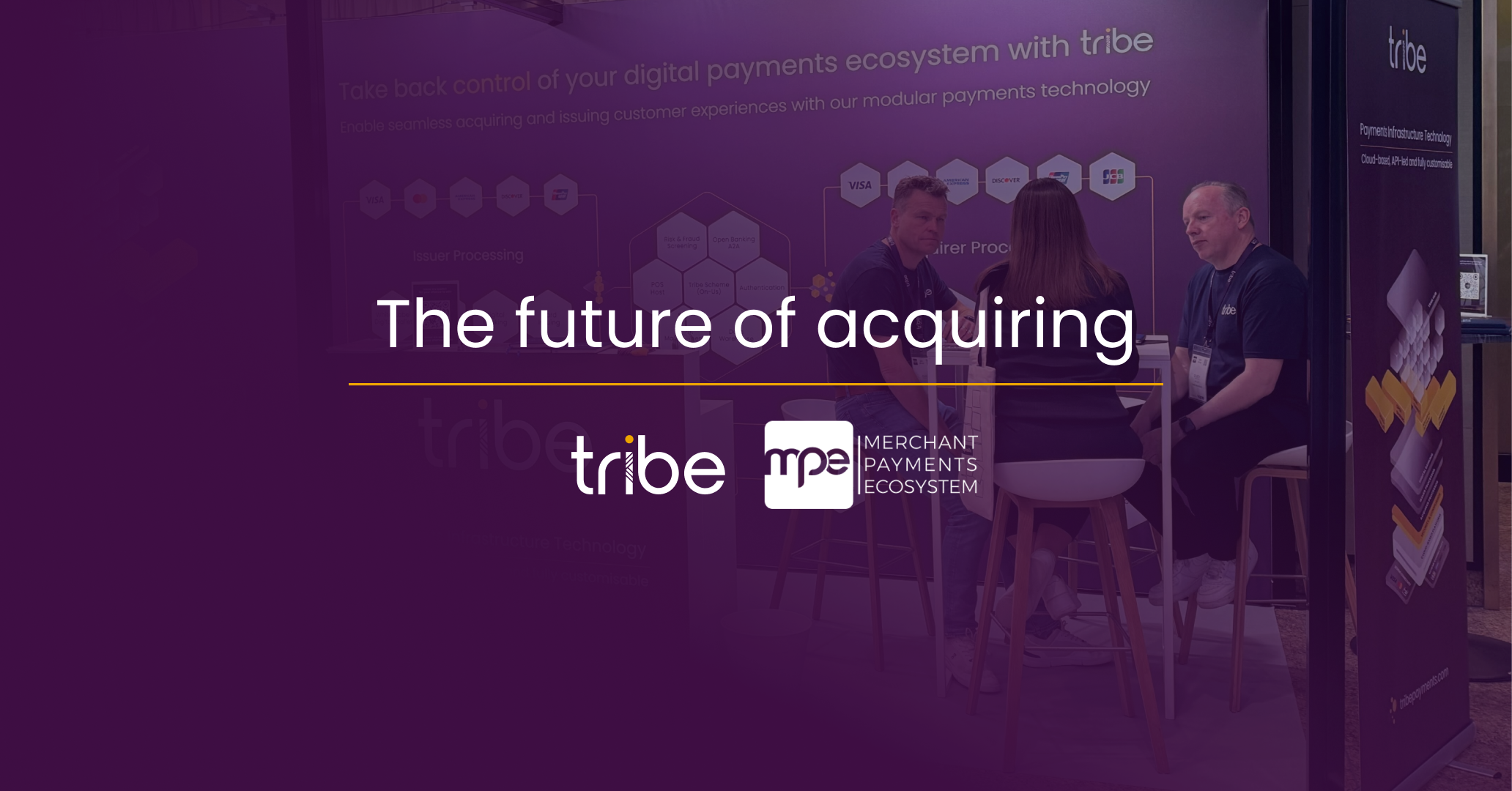

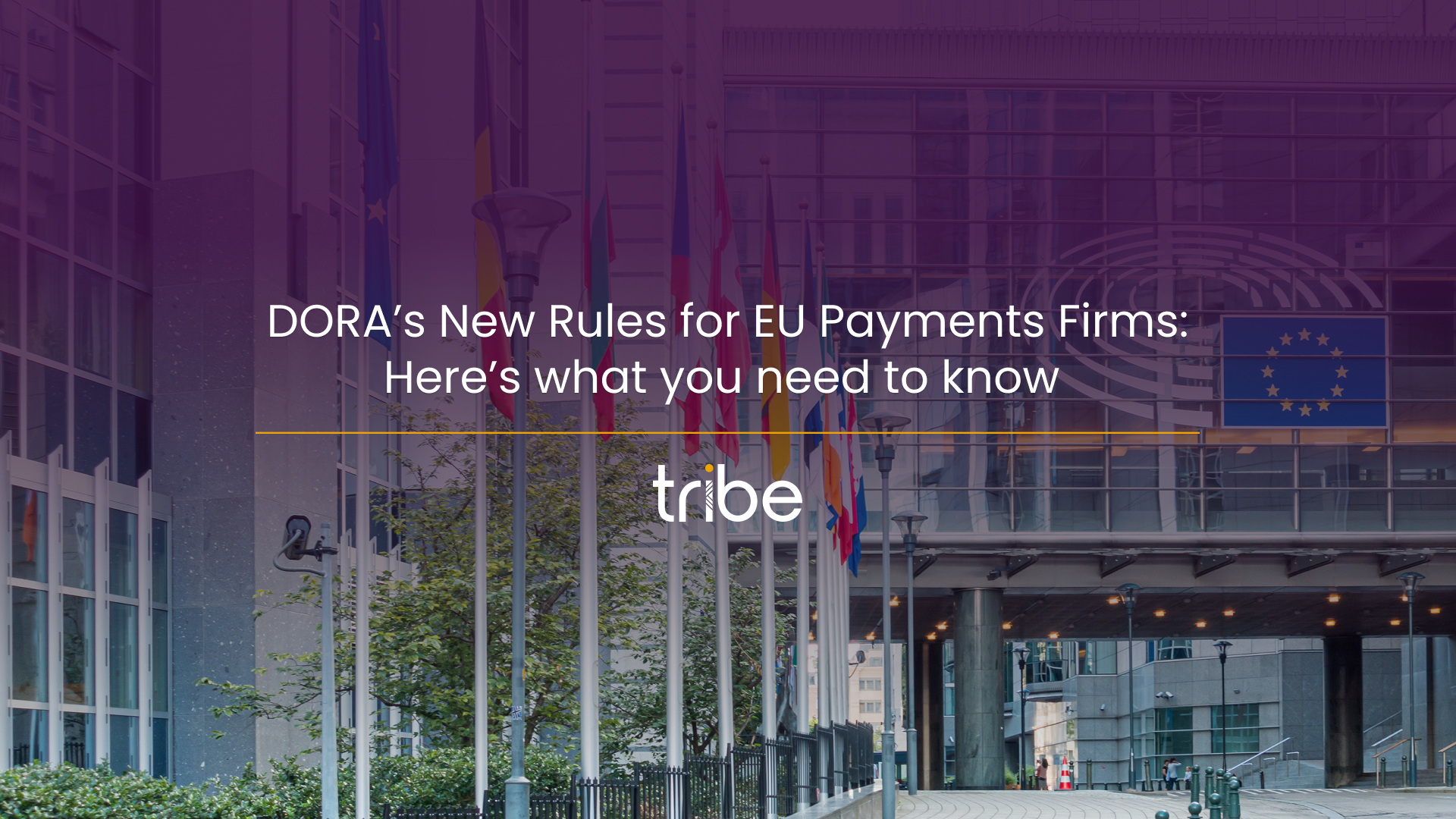
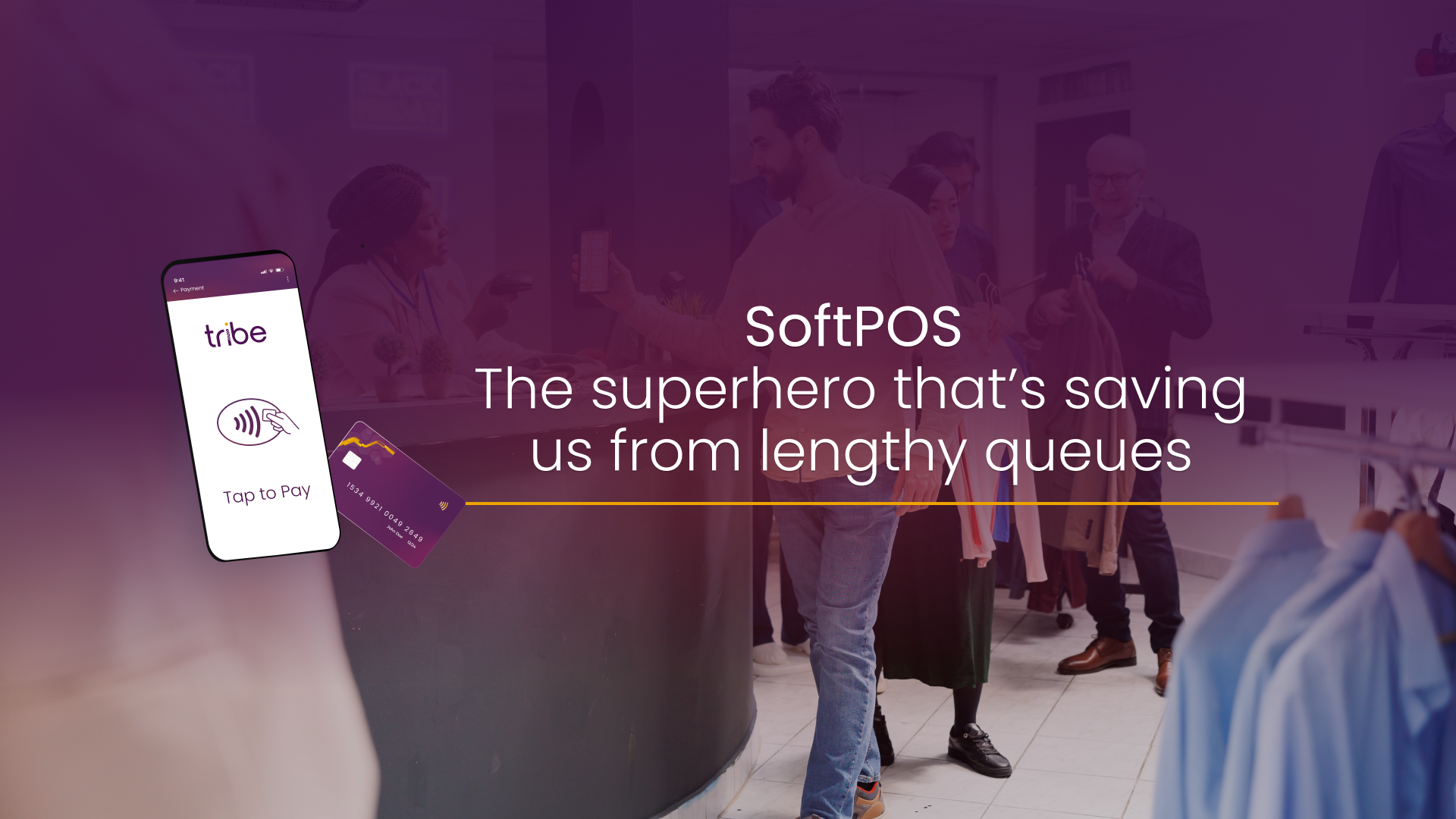
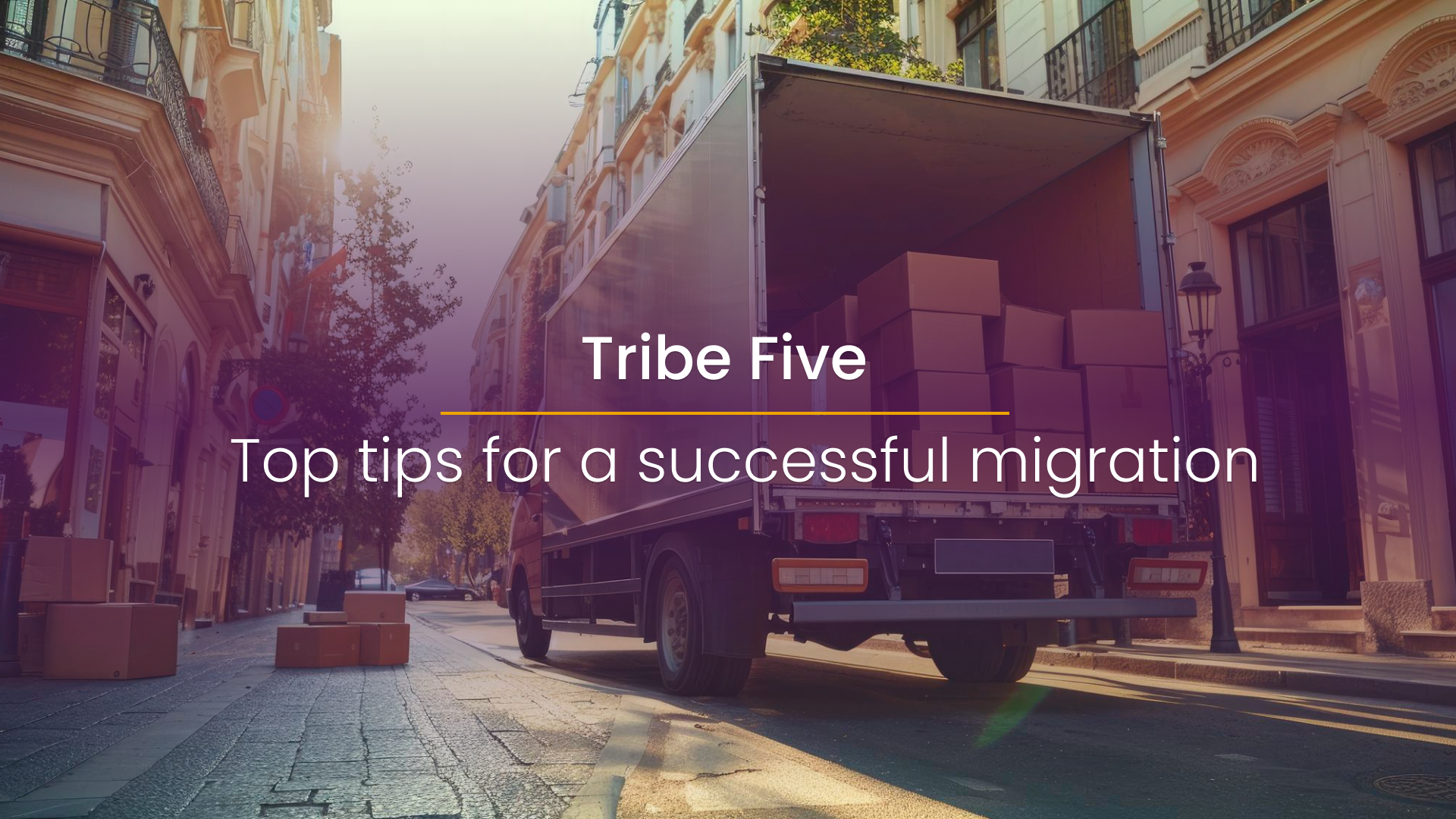
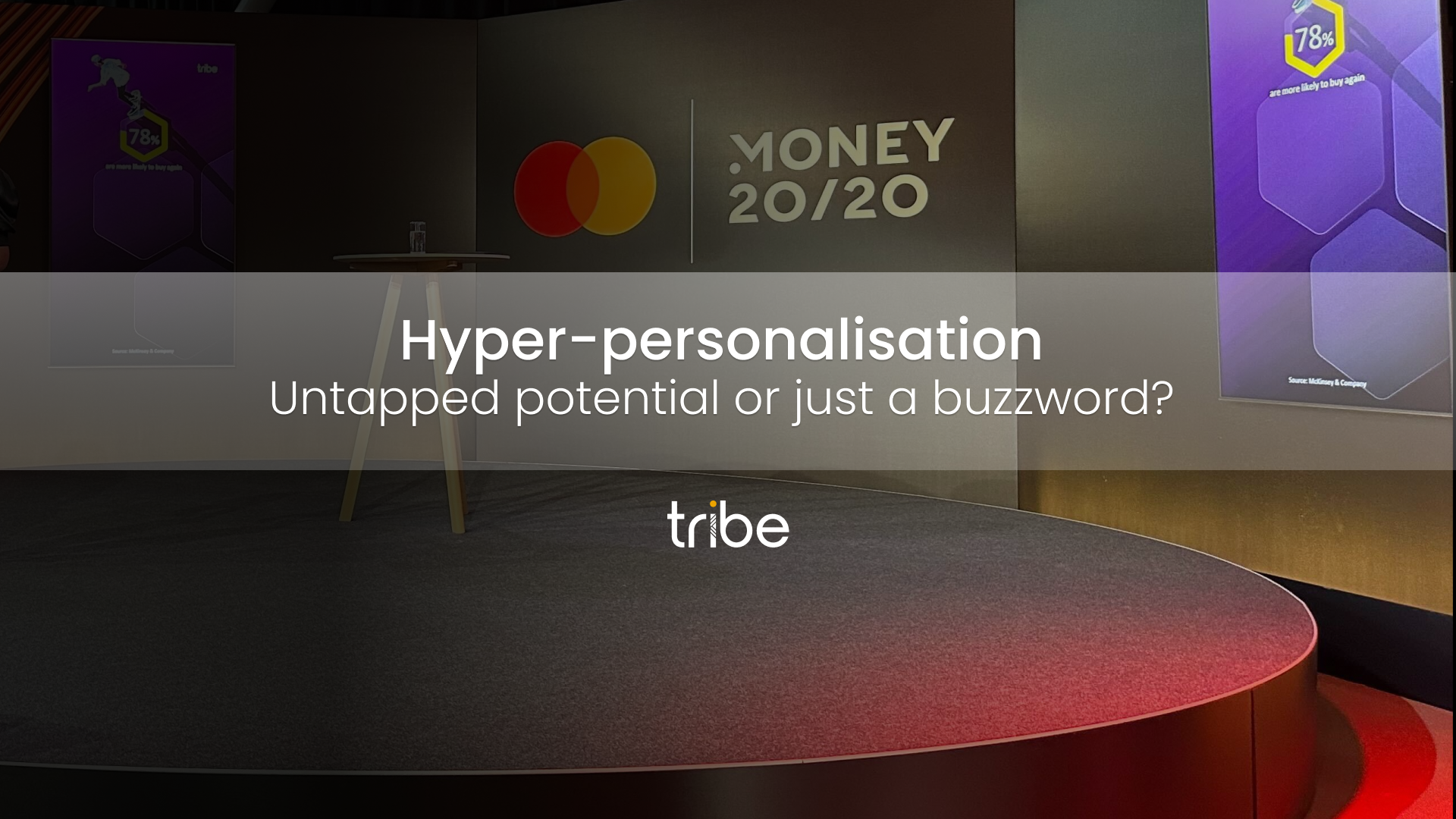



.png?width=137&height=90&name=Payments%20Awards%20(1).png)


.png)